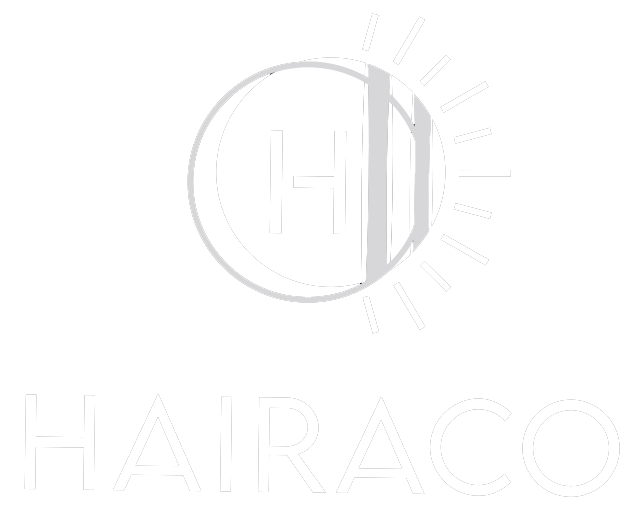The art of hair coloring has evolved significantly, allowing stylists to offer clients an array of stunning, unique styles. One of the most versatile tools in a colorist’s kit is the hair coloring board. This simple yet effective implement can deliver remarkable results when used creatively. Below, we explore some inventive techniques utilizing the hair coloring board to achieve distinctive and breathtaking hair designs.
Understanding the Hair Coloring Board
A hair coloring board is a flat, durable surface that provides support and stability while applying color to hair. It helps to create clean, sharp lines and can assist in layering different colors seamlessly. The board can be particularly useful for intricate techniques such as balayage, ombre, and complex color blends.
Basic Techniques
Before diving into advanced techniques, mastering the basics is crucial. Simple highlights or lowlights can be achieved by placing a section of hair on the board, then applying color with a brush. This method provides control and precision, ensuring an even application.
Balayage Perfection
Balayage is a popular free-hand coloring technique that results in a natural, sun-kissed look. When using a hair coloring board, place a section of hair on the board and apply color using a sweeping motion. This helps create a smooth gradient. The board allows for better control of where the color fades, making it easier to achieve the desired effect.
Intricate Ombre Effects
Ombre hair coloring involves a gradual blending of one color at the roots to another at the tips. The hair coloring board can help in achieving perfect transitions. Start by sectioning the hair and laying it flat on the board. Apply the darker shade at the roots and blend downwards, switching to a lighter shade as you move towards the tips. This method ensures a smooth and controlled gradient.
Vibrant Color Melts
Color melting is a seamless blend of multiple shades, creating a watercolor-like effect on the hair. For this technique, use the hair coloring board to layer different colors. Apply the first color at the roots, then slightly overlap the next color midway down the hair shaft. Use the board to blend the edges where the colors meet, creating a soft transition between hues.
Geometric and Free-Form Patterns
For those looking to push the boundaries of conventional hair coloring, the board can be a valuable tool for creating geometric patterns or abstract designs. Section the hair and lay it flat on the board. Using a fine brush, apply color in specific shapes or free-form patterns. The board offers a stable surface, allowing for precision in these intricate designs.
Dual-Board Technique
This innovative method involves using two coloring boards simultaneously for even more control and precision. Place a section of hair between two boards, and proceed to apply color from both sides. This technique is particularly useful for achieving symmetrical designs and ensuring that the color penetrates evenly through thick sections of hair.
Finishing Touches
After the primary coloring is complete, use the hair coloring board for final touch-ups. The board can help isolate individual strands for detailed work, such as adding highlights, lowlights, or pops of vibrant color. This ensures that every part of the hair is as polished and perfect as the rest.
Conclusion
The hair coloring board is an indispensable tool for stylists aiming to create unique and stunning hair colors. From basic highlights to complex designs, mastering these techniques can significantly elevate a stylist’s skill set. By incorporating a hair coloring board into your routine, you can open up a world of creative possibilities, providing clients with personalized and extraordinary styles.
For those interested in further exploring the potential of hair coloring boards, Hairaco offers a variety of high-quality boards tailored for professional use. Whether you’re an experienced stylist or just starting, investing in the right tools can make all the difference in achieving the perfect look.

